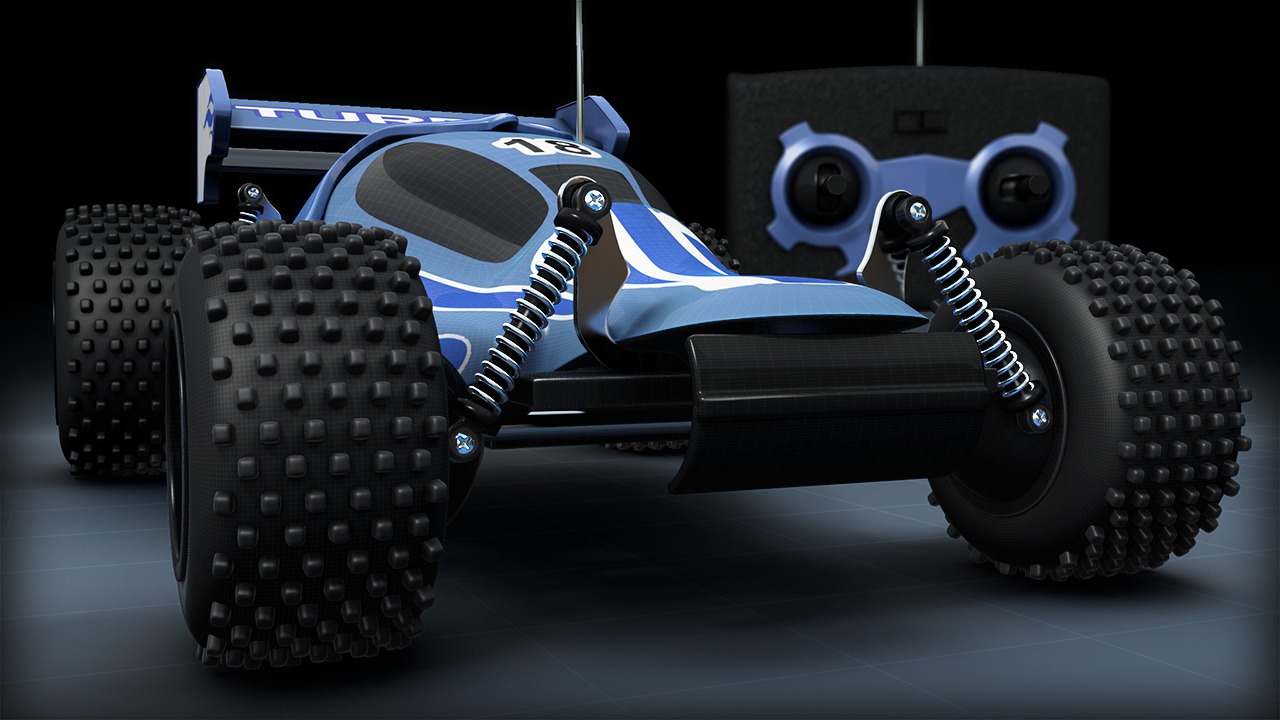- Course
Introduction to Modeling in CINEMA 4D R15
In this tutorial, we'll use a project-based approach as we cover the basics of modeling, look at commonly used tools, and talk about some time-saving tips and techniques. Software required: CINEMA 4D R15.

- Course
Introduction to Modeling in CINEMA 4D R15
In this tutorial, we'll use a project-based approach as we cover the basics of modeling, look at commonly used tools, and talk about some time-saving tips and techniques. Software required: CINEMA 4D R15.
Get started today
Access this course and other top-rated tech content with one of our business plans.
Try this course for free
Access this course and other top-rated tech content with one of our individual plans.
This course is included in the libraries shown below:
- Core Tech
What you'll learn
In this tutorial, we'll use a project-based approach as we cover the basics of modeling, look at commonly used tools, and talk about some time-saving tips and techniques. We'll begin by looking at polygons and how CINEMA 4D works with that geometry. Along the way, we'll look at a variety of polygon modeling tools you can use in your daily work, tools like the Knife, Extrude, and Bevel. We'll also learn to use generators to create geometry from primitive or custom splines. We'll learn to smooth objects with a Subdivision surface, and how we can modulate the edge hardness. We won't be covering all of CINEMA 4D's modeling tools, but rather focus on the tools that you're going to find most useful as you begin the modeling process. Once you have a better understanding of how these tools work together, you'll be able to create your own modeling solutions and really come up with a workflow that's comfortable to you. Software required: CINEMA 4D R15.

